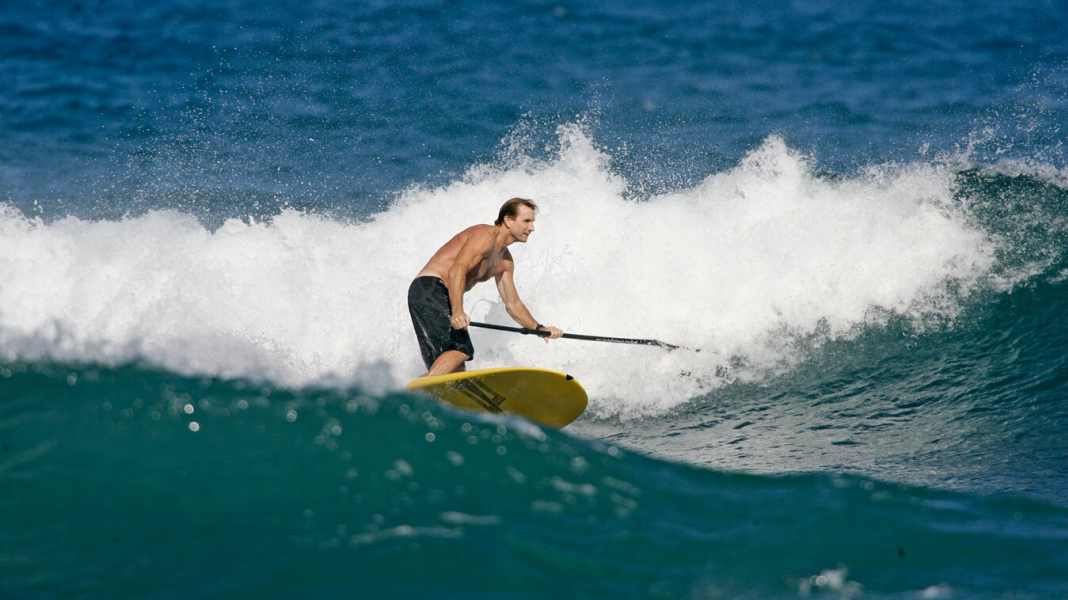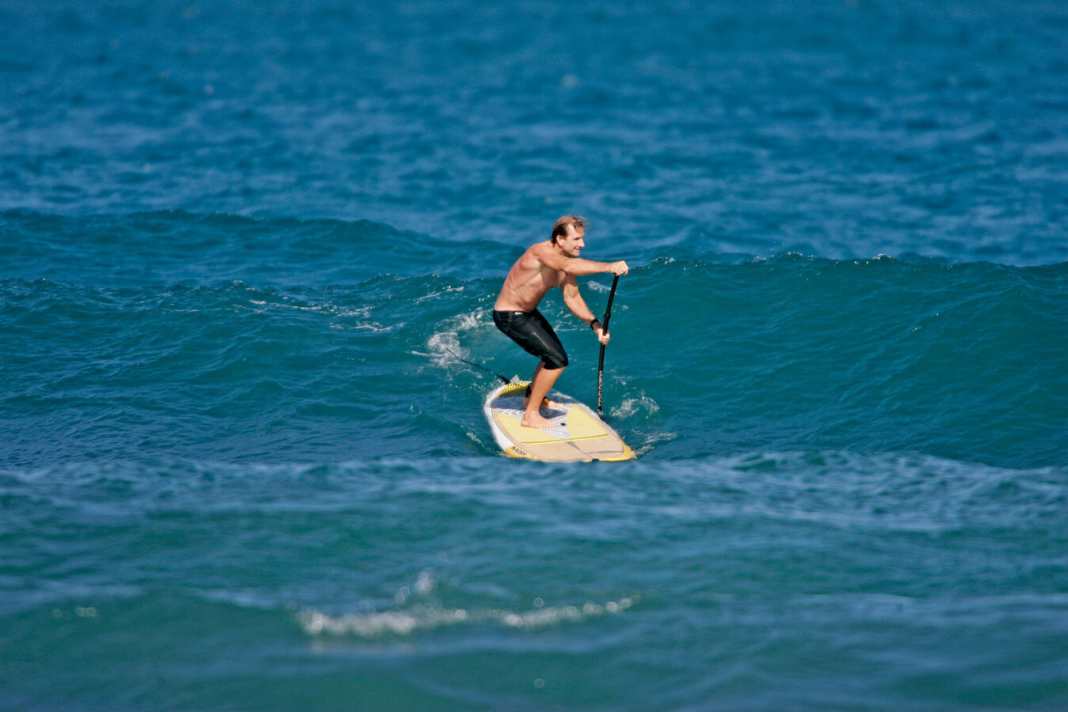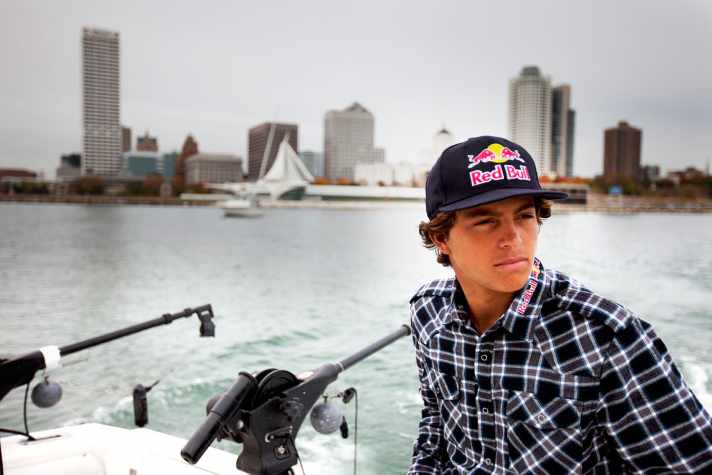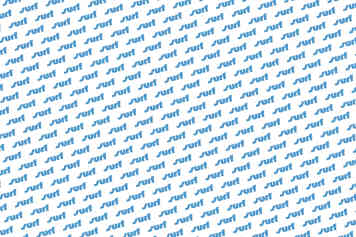SUP riding technique: Frontside surfing


An artist carves his wood into magnificent shapes. Good surfers are true artists who cut precise patterns into a wave. Transient art - performed with the whole body. And just as the art novice needs his master to reach perfection, the wave climber also needs his teacher. The first step that points the way forward is the progression from simply riding straight out in front of the wave to using the edge of the board in the turn. Frontside wave riding involves two tricks: the turn into the bottom turn (loading the toes or the belly open side) and the cutback (loading the heels or the back open side). At the beginning, this can also be a wiggle in front of the wave until you dare to steepen the line in a hearty turn to the crest of the wave.
Surfing is art - carved in a wave
Robby Naish is still one of the most radical and stylish surfers on the planet. He shows you the first important wave moves with the frontside bottom turn and cutback. The body is still placed sensitively in the turn. The turn radius is relatively large and the wave crest is ridden in its non-breaking phase (ideally, the breaking section follows the rider). Young star Kai Lenny will show you how to improve a frontside ride. The body is used considerably more for the change of direction, the radii are tighter, the cutback becomes an off-the-lip (ideally you use the breaking section of the wave to celebrate the move).
frontside bottom turn/cutback

Robby Naish - multiple windsurfing world champion and SUP pro.
The prerequisite for riding waves on the front is the take-off and the associated timing (correctly estimating where and when the wave will develop its thrust optimally). Tip: If there are no surfers or stand-up paddlers in the break, paddle out and keep a safe distance from the first breaking section (impact zone) to observe where and at what rhythm the wave breaks. Reading waves is a surfer's basic tool. If you catch the wave too far in front of the impact zone, you risk being rolled over; too far back and you won't have enough thrust or paddling power. Robby does it right, of course:






2) frontside bottom turn off-the-lip

Kai Lenny, two-time SUP wave world champion.
Text: Steve Chismar
